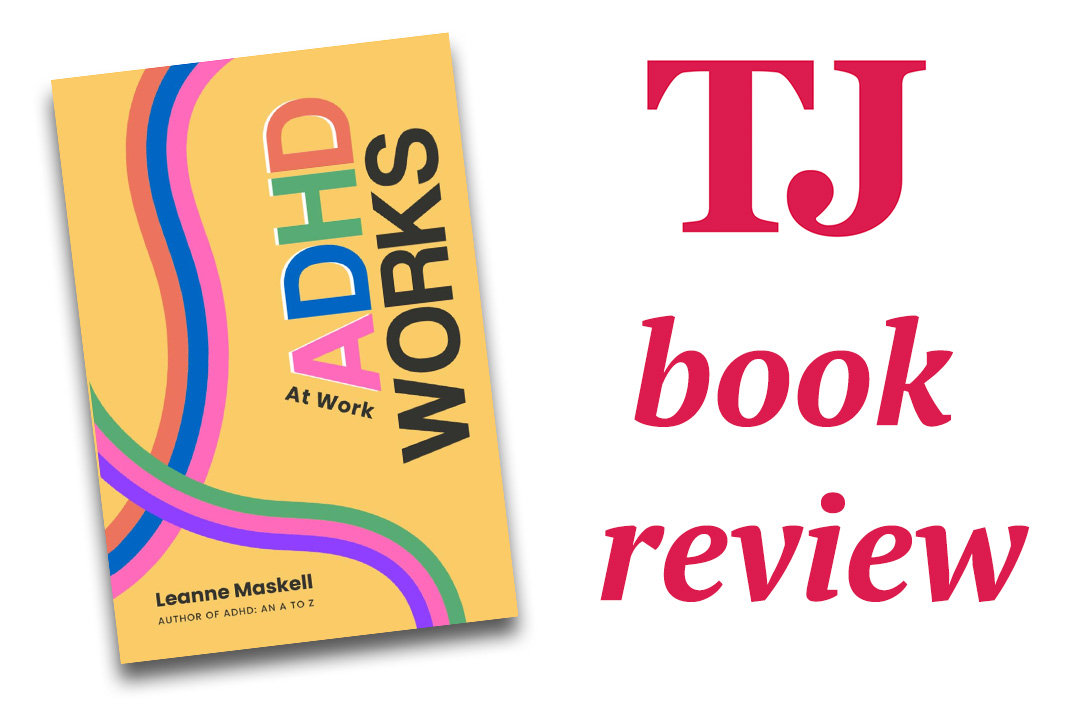David Hayden reviews a ‘must-read’ book offering a fresh perspective on inclusion
Book: ADHD Works at Work
Author: Leanne Maskell
There is a line in this book that really stood out for me. I was aware of the concept before I started reading, but it wasn’t at the forefront of my mind. The line is: “If you have met one person with ADHD, you have met one person with ADHD”.
This is a very practical book; 224 pages with lots of straightforward ideas and a few great templates
I read it over and over again, reflecting on its importance and tying it to the opening comments: “Neurodiversity at work is not just about supporting neurodivergent people at work. It is about creating a better workplace for everyone, regardless of how they wish to describe themselves”.
That’s a really powerful statement, and one that invites organisations to take a step back and think about how they approach their whole people offering. The back cover offers the opportunity of “making HR a little more human”, turning the contents of the book into action – something I can fully agree with.
Navigating the employee lifecycle
This is a very practical book; 224 pages with lots of straightforward ideas and a few great templates. It is laid out in three sections: understanding ADHD, supporting ADHD, and harnessing ADHD. Throughout it all, Maskell draws from her own experiences (both with her own diagnosis and that of the employers/ees she has worked with).
Section one is a must-read for any people professional. It covers all those points that a skim over a factsheet or exec summary of a report doesn’t cover. There will be points in this section that people practitioners should know, I urge people to read it with a ‘did I really know that?’ approach. The section ends with a tour around the employee lifecycle on disclosing ADHD.
Redefining ‘adjustments’
I love Maskell’s shout out that answering “do you require any adjustments?” is vague and difficult to answer. She argues that if you don’t know the employer’s processes, how can it be answered effectively? All too often in recruitment you hear horror stories of some of the questions asked, of ‘treating everyone equally is the fairest way’ and processes designed to employ ‘more of the same’.
She throws another observation in when talking about the probation period. In her experience, she explains that many people with ADHD declare it after they have passed a probation period. I wonder if those people professionals reading the book will think about what this means for trust and transparency in their processes.
Tailored coaching
Chapter nine covers coaching approaches and highlights differences in ‘normal’ coaching to coaching someone with ADHD. I am not a huge fan of the SMART approach. For me, it just doesn’t work, and yet I find myself nodding along every time Maskell mentions SMART in the book. It has made me rethink how I frame SMART in my own work and approaches with others. She highlights how someone with ADHD can go off-tangent (and I can relate to that a lot!) and suggests ways of bringing back the focus which was personally really useful for me.
A call to action
Something else I admire is Maskell’s ability to weave the narrative to include those readers managing and supporting ADHD employees, and those with ADHD themselves reading the book. Neurodiversity is a big topic of conversation in many organisations right now. This book is a huge step forward for people professionals to really grasp one of those strands. Why would you not read it?
David Hayden is owner of Talent Delivers




